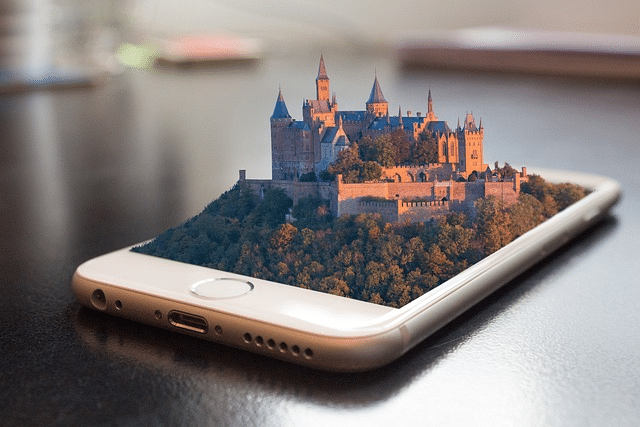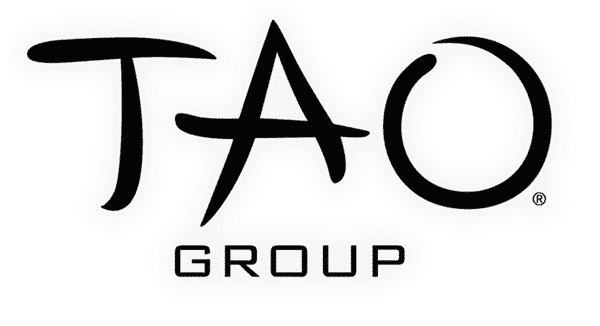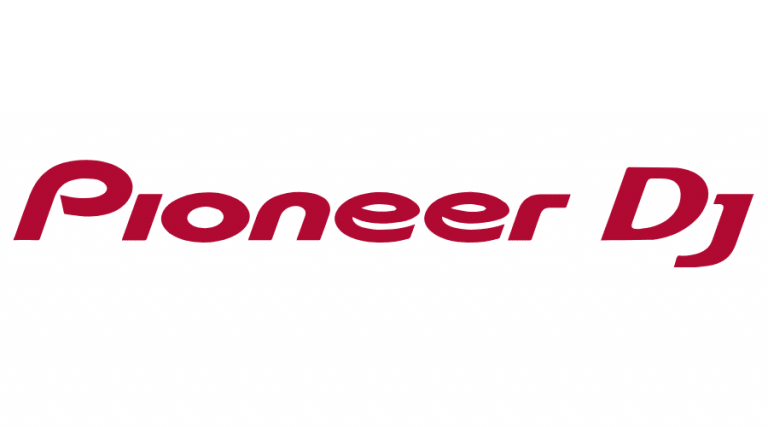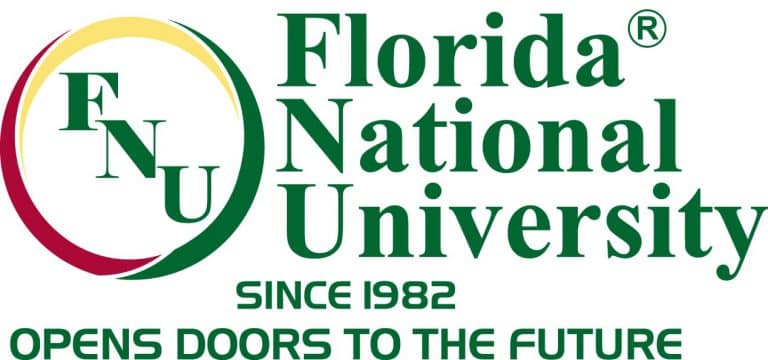Explore the dynamic, immersive world of VR marketing, uncovering how incorporating virtual reality into your marketing strategy can elevate customer engagement, and offer a competitive edge in the reality marketing space.

Introduction:
Virtual reality (VR) has permeated numerous industries, and marketing is no exception. Leveraging VR technology in marketing campaigns transcends traditional methods, offering a whole new array of possibilities to captivate potential customers. A well-orchestrated VR marketing strategy fosters immersive experiences, enhanced customer engagement, and a robust digital experience that takes reality marketing to the next level.
Dive into VR Marketing:
1. Exploring Virtual Reality:
The fascinating universe of virtual reality (VR) extends far beyond gaming, seeping into the realm of marketing, and offering brands an inventive platform to showcase their products and services. Virtual reality marketing provides a compelling, immersive environment where brands interact with customers in a uniquely engaging manner.
2. VR Technology and User Experience:
Virtual reality technology is pivotal in enhancing user experience, delivering experiences that are not just viewed but are felt, immersing users into a meticulously crafted virtual world that can compellingly represent a brand or product.
Incorporating Virtual Reality in Your Marketing Strategy:
1. Defining Your VR Strategy:
In order to effectively incorporate VR into your marketing strategy, brands must align VR experiences with their brand identity and target audience needs, ensuring the virtual experiences are not just innovative but also relevant and impactful.
2. VR Marketing Campaigns:
The utilization of VR in marketing campaigns is revolutionary. For instance, creating a virtual tour of a property for real estate companies or a 360-degree view of a product allows potential customers to explore offerings in-depth, without physical limitations.
3. Innovation in Product Showcases:
Using VR enables brands to showcase their products in innovative ways. For example, an app called “Makeup Genius” by L’Oréal Paris allows users to virtually try on makeup, revolutionizing their product development process and customer shopping experience.

Augmented Reality (AR) vs. Virtual Reality (VR):
While virtual reality immerses users in a digitally crafted environment, augmented reality introduces digital elements into the real world, enhancing the existing reality. Combining augmented and virtual reality can offer a multi-faceted experience that is rich, interactive, and exceptionally engaging.
Expanding Reality Marketing with VR:
1. Social Media and VR:
Pairing social media marketing with VR can pave the way for brands to deliver incredibly immersive content, taking content marketing and branded content to unprecedented heights.
2. Increasing Brand Loyalty:
VR technology offers avenues to foster customer loyalty by providing exclusive, immersive experiences. This uniqueness not only attracts customers but also enhances brand engagement and loyalty.
3. Immersive Experiences for Brand Storytelling:
Employing VR allows brands to tell their stories in an immersive format, creating emotional connections with their audience and enhancing brand loyalty.
Real-world Applications of VR in Marketing:

1. Enhancing Customer Interaction:
A VR marketing campaign, when executed adeptly, transcends boundaries, allowing customers to interact with products or services in a virtual space, enhancing understanding and engagement.
2. Influencer Marketing:
Influencer marketing, paired with VR, could allow followers to step into the influencers’ virtual world, experiencing products and services in an immersive way, fostering deeper connections and impactful marketing opportunities.
3. Utilizing VR for Humanitarian Efforts:
Brands can utilize VR to showcase their humanitarian efforts in a more palpable manner, allowing customers to virtually experience the impact of their contributions, thus building a positive brand image.
Pitfalls and Considerations:
1. Technology Accessibility:
Even though VR offers a plethora of marketing opportunities, brands must consider the accessibility of VR headsets and technology among their target demographic to ensure effective reach and impact.
2. Customer Relevance:
The VR experiences crafted must hold genuine relevance and provide value to the customer to ensure the technology serves more than a gimmicky purpose, and truly enhances the customer journey.

Conclusion:
Embracing VR in marketing, with its capacity to deliver enriching, multi-dimensional experiences, is not just an emerging trend but a substantive shift towards creating profound, immersive customer interactions. Implementing a robust VR marketing strategy, while considering the aforementioned insights, can steer marketing efforts towards unparalleled customer engagement, loyalty, and ultimately, a significant ROI.




































